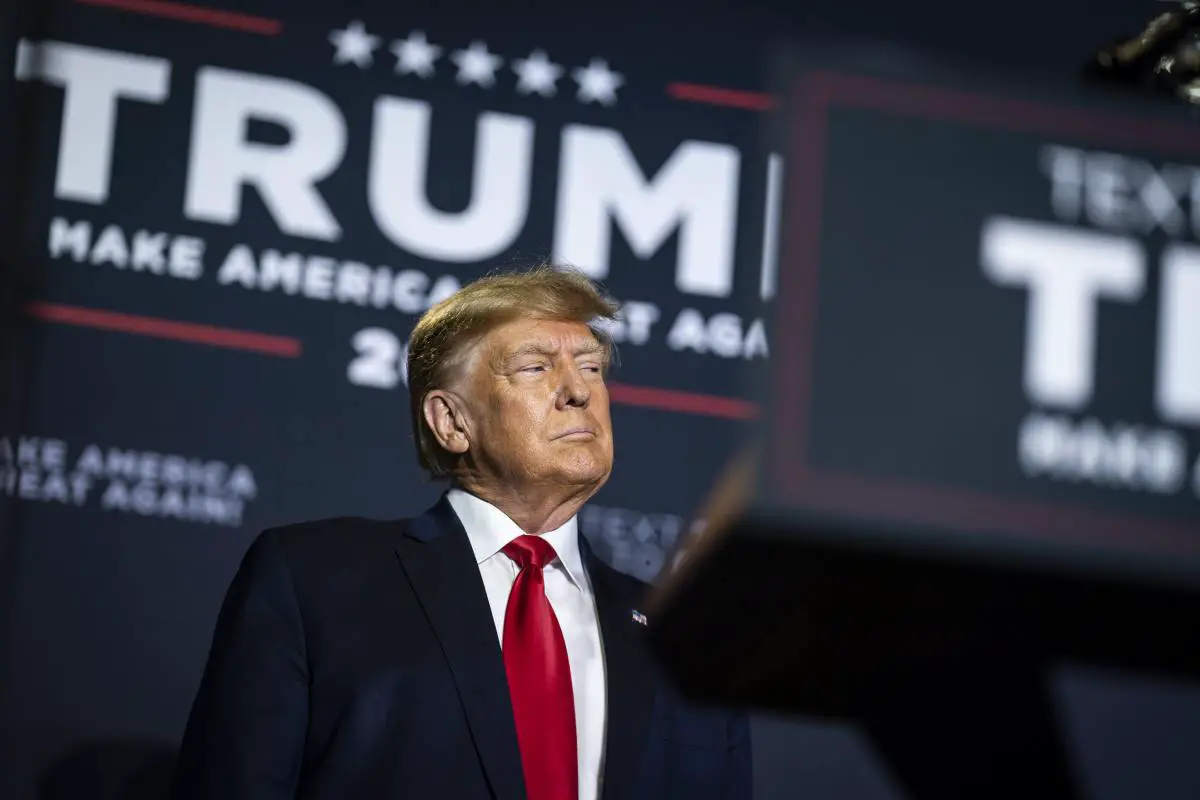The increasingly crowded 2024 Republican primary field is playing directly into the hands of former President Donald Trump.
From the get-go last year, it was initially Trump’s intention to clear the field making way for a one-man show. That strategy didn’t pan out.
On the other hand, the GOP field is growing large enough that Trump will continue to dominate poll after poll while the other seven declared candidates, and then some, fight over the remaining scraps. It’s also worth noting the field is expected to keep growing with Chris Christie and Mike Pence yet to make a splash.
In short, the two-man race, which was Trump’s worst-case scenario against Florida Gov. Ron DeSantis, is no longer even on the radar as the New York Times reported over the weekend:
Gov. Ron DeSantis of Florida officially entered the presidential race last week, but he appears farther than ever from the one-on-one matchup that his allies believe he needs to wrest the nomination from former President Donald J. Trump.
Former Vice President Mike Pence is burrowing deeper into Iowa, crucial to his effort to dislodge the Republican front-runners, even before he has announced his bid. Former Gov. Chris Christie of New Jersey is intensifying preparations for another campaign, with an expected focus on New Hampshire. And Republican donors and leadership on Capitol Hill are showing fresh interest in Senator Tim Scott of South Carolina, who kicked off his campaign last week. Even candidates who have barely been mentioned are suddenly expressing interest in 2024.
The rapidly ballooning field, combined with Mr. Trump’s seemingly unbreakable core of support, represents a grave threat to Mr. DeSantis, imperiling his ability to consolidate the non-Trump vote, and could mirror the dynamics that powered Mr. Trump’s takeover of the party in 2016.
The analogy to 2016 is looking more accurate as the weeks go by.
Keep in mind that Trump is starting the 2024 race on a much stronger stepping than he did back in the early days of 2015 when he rode down the Trump Tower escalator.
In fact, Jeb Bush was winning many of the GOP primary polls in May and June of 2015 with low double-digits over a very divided field. Trump didn’t really take hold until later in June when he started topping many polls in the low twenties.
Heading into June of 2023, Trump is holding anywhere from fifty to sixty percent of the Republican primary electorate, more than double and sometimes triple the support he was receiving in the early days of 2016.
The DeSantis campaign knows this but they’re making some awfully big assumptions about how many votes are available in the non-Trump column:
The DeSantis campaign sees the landscape differently.
“We don’t believe it’s 2016 again,” Ryan Tyson, a senior adviser to Mr. DeSantis, said in an interview.
And in a private briefing for donors this week, Mr. Tyson described a Republican electorate split into three parts: 35 percent as “only Trump” voters, 20 percent as “never Trump” and the remaining 45 percent as the DeSantis sweet spot.
That’s the rosiest way to spin the present reality for DeSantis. The belief is that Trump has a ceiling somewhere at 35 percent and DeSantis can pick up and win the other 45 percent. In what universe is this happening?
So far it’s been DeSantis’ numbers dropping while Trump’s position has improved.
The true number is probably more like Trump holding 45 to 50 percent of the electorate as the “only Trump” portion while Desantis and the rest fight over the other half. That’s a stark disadvantage as even the best path is to wind up where DeSantis is taking only 20 to 30 percent depending on the poll.
It’s not surprising that DeSantis’ team views the race differently and sees a narrow path to win, they need some argument for wasting the time and money making an attempt.
Barring unforeseen circumstances, this primary is still Trump’s to lose and he remains firmly in the driver’s seat.
Donate Now to Support Election Central
- Help defend independent journalism
- Directly support this website and our efforts
